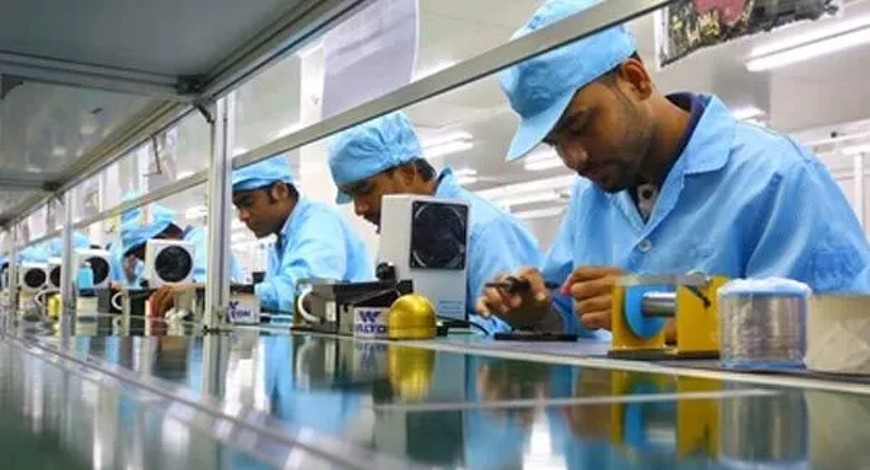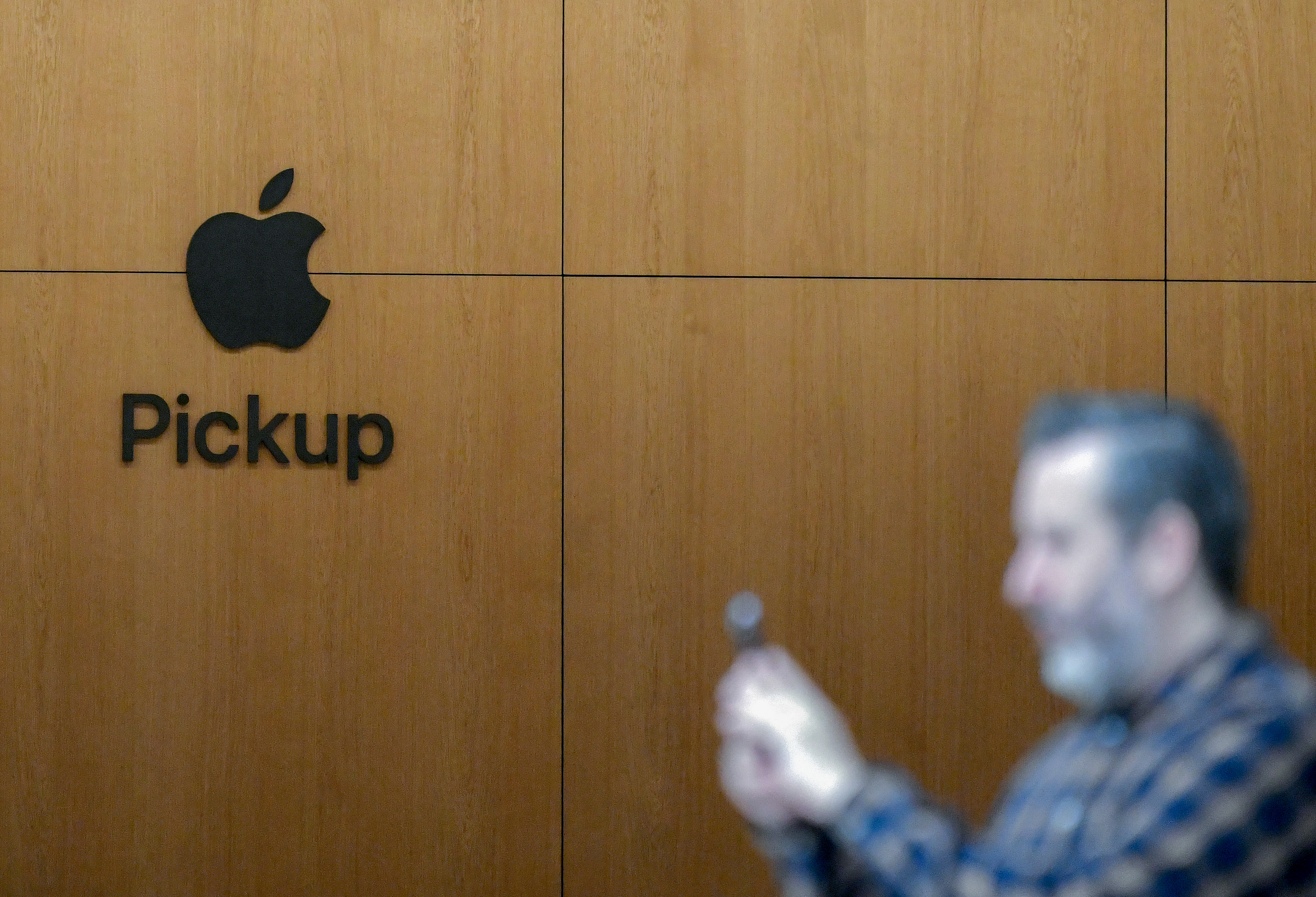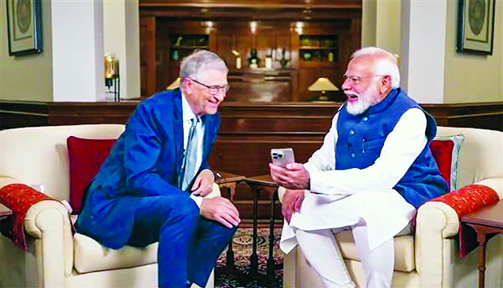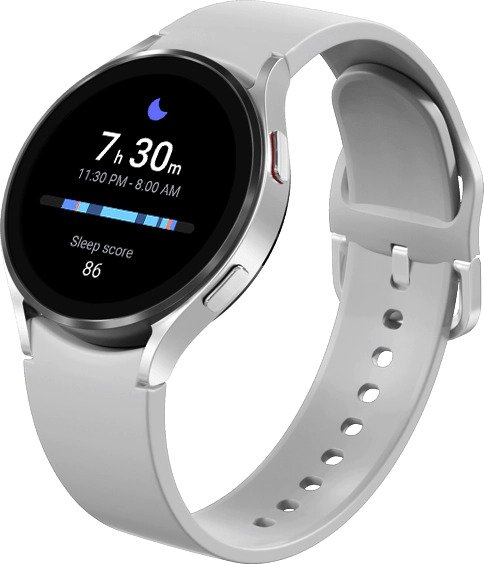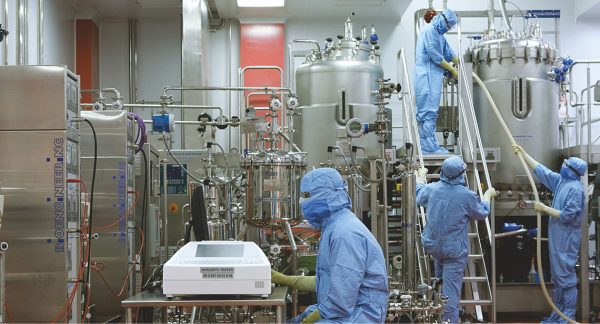Researchers from the University of Technology Sydney (UTS) have developed biosensor technology that will allow you to operate devices, such as robots and machines, solely through thought control.
The advanced brain-computer interface was developed by Distinguished Professor Chin-Teng Lin and Professor Francesca Iacopi, from the UTS Faculty of Engineering and IT, in collaboration with the Australian Army and Defence Innovation Hub. As well as defence applications, the technology has significant potential in fields such as advanced manufacturing, aerospace and healthcare -- for example allowing people with a disability to control a wheelchair or operate prosthetics.
"The hands-free, voice-free technology works outside laboratory settings, anytime, anywhere. It makes interfaces such as consoles, keyboards, touchscreens and hand-gesture recognition redundant," said Professor Iacopi.
"By using cutting edge graphene material, combined with silicon, we were able to overcome issues of corrosion, durability and skin contact resistance, to develop the wearable dry sensors," she said.
A new study outlining the technology has just been published in the peer-reviewed journal ACS Applied Nano Materials. It shows that the graphene sensors developed at UTS are very conductive, easy to use and robust.
The hexagon patterned sensors are positioned over the back of the scalp, to detect brainwaves from the visual cortex. The sensors are resilient to harsh conditions so they can be used in extreme operating environments.
The user wears a head-mounted augmented reality lens which displays white flickering squares. By concentrating on a particular square, the brainwaves of the operator are picked up by the biosensor, and a decoder translates the signal into commands.
The technology was recently demonstrated by the Australian Army, where soldiers operated a Ghost Robotics quadruped robot using the brain-machine interface. The device allowed hands-free command of the robotic dog with up to 94% accuracy.
WhatsApp introduces new features for groups
On Tuesday, Mark Zuckerberg announced two new updates for WhatsApp groups.
With the new updates, admins will get more control over their group privacy.
These changes follow some updates made over the last few months, including making groups larger, and giving admins the ability to delete messages sent in the groups they manage.
"Groups continue to be an essential part of WhatsApp, and we're excited to give people even more tools to get the most out of groups. Today, we're excited to roll out a few new changes we've made to make these more manageable for admins and easier to navigate for everyone," Meta's statement read.
Admins to decide who can join: This will help admins to decide whether a person can join a group or not. The importance of this tool lies in that groups are where people have some of their most intimate conversations, and, therefore, it is important for admins to be able to decide easily who can be a member and who cannot come in.
Easily see groups in common
With the growth of Communities and their larger groups, WhatsApp wants to make it easy to know which groups users have in common with someone. Whether you're trying to remember the name of a group you know you share with someone or you want to see the groups you're both in, you can now easily search a contact's name to see your groups in common.
These features will start rolling out globally over the coming weeks.


















